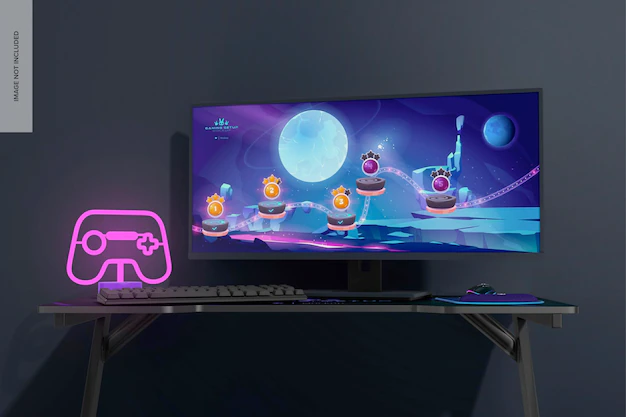
When it comes to buying a new TV, you have so many different factors to consider. From image quality and price to brand reputation and features, there’s no shortage of things that you need to know before pulling the trigger on a new set. That’s why comparison charts are such an important tool for any savvy shopper. They let you quickly compare many different products model by model in order to zero in on exactly what you’re looking for. And when you use comparison charts as part of your research process, they can save you a lot of time and effort. Here’s how:
What is a comparison chart?
Comparison charts are a visual way of comparing different products. They can be found online or in printed materials like shopping guides, reviews, or spec sheets. As you’ll soon see, comparison charts allow you to quickly compare items based on a variety of factors. You can look at the charts below to get a better idea of how they work:
How to use a TV comparison chart
To create a comparison chart, you begin by listing the specifications of each of the products you’re comparing. The key things you want to include are the model number, the size, and the resolution/quality. You can also include any other details you think might be relevant, like the panel type, whether it has HDR, or smart features. Once you have all of that information, you can use a chart to quickly compare the different products. Here’s how you’d do it:For this example, we’ll look at three TV models that are all roughly the same size and resolution. You’ll find this info on the most basic model of any given TV line. These specs are a great starting point for your research. Now, let’s see how we can use a comparison chart to compare these three TVs.First, we’ll make a list of the specs we want to compare. We want to know the model number, the size of the TV, and the resolution/quality of the image it produces. Once we have that list, we can use a comparison chart to quickly compare these specs across the different TVs. For example, the first model we’ll take a look at is the LG 65E6. This is a 65-inch 4K TV with an IPS display and a resolution of 3840 x 2160. We can find this model number and other specs for the 65E6 on LG’s website:Once we know the model number and other specs for the 65E6, we can use a comparison chart to quickly compare it with our other TVs. For example, let’s say we also want to compare the Vizio M-Series. This is an 80-inch 4K TV with a 120Hz refresh rate and Dolby Vision.
How to use a TV comparison table
If you want to take the comparison chart approach to even further extremes, you can also use a comparison table. A comparison table is a table of all the specs for each product you’re comparing.The key difference between a comparison chart and a comparison table is that in a comparison table, you simply list the specs for each product. You don’t need to add any extra info, like a picture of the chart, or any other details. This makes it possible to quickly and efficiently compare a huge number of products in one place.For example, let’s say we want to compare the 70-inch 4K TVs from Apple, Samsung, and LG. We can make a comparison table listing each of these products’ specs.Once we have that table, we can use it to compare the different TVs. For example, let’s say we want to know which 70-inch 4K TV offers the best image quality. We can quickly compare the specs for each TV to find out which one has the best resolution/quality. Once we have the info, we can use a comparison chart to compare the different TVs.
The Bottom Line
Comparison charts and tables are a great way to quickly compare multiple products side by side. They’re especially helpful if you need to compare a large number of products.You can find comparison charts and tables online or in printed materials like shopping guides, reviews, and spec sheets. And keep in mind that both charts and tables can be useful for comparing different models of the same product, like TVs.







